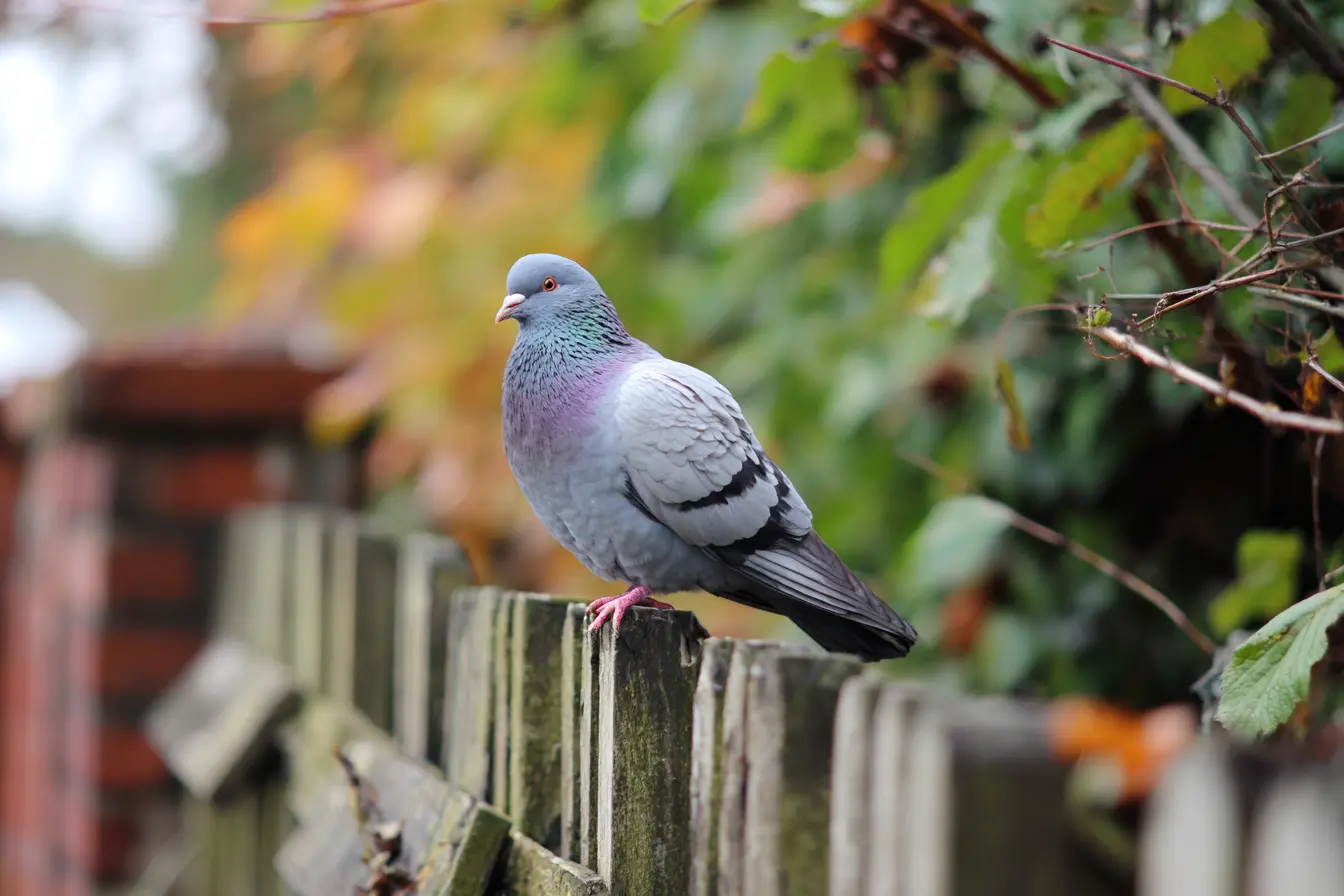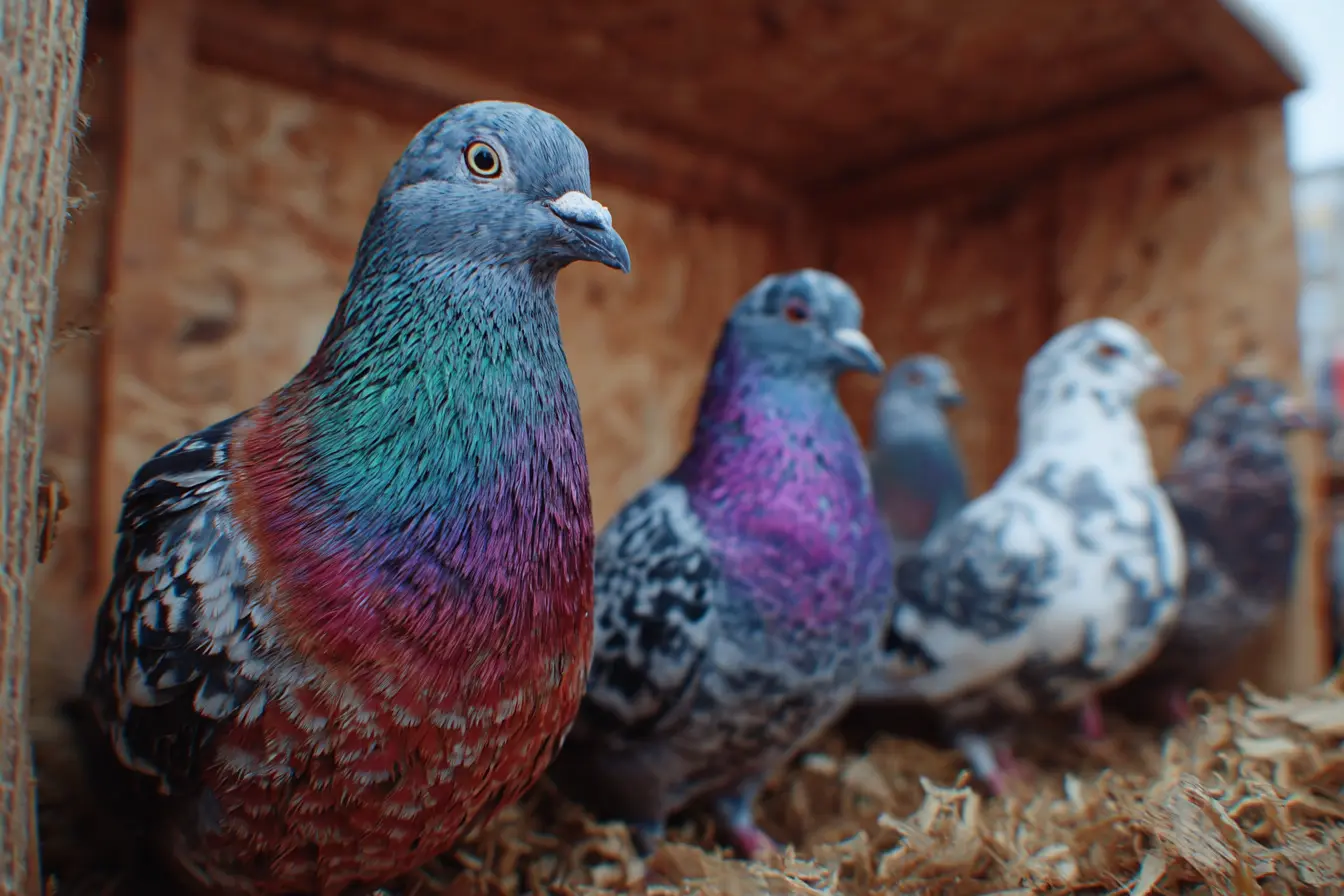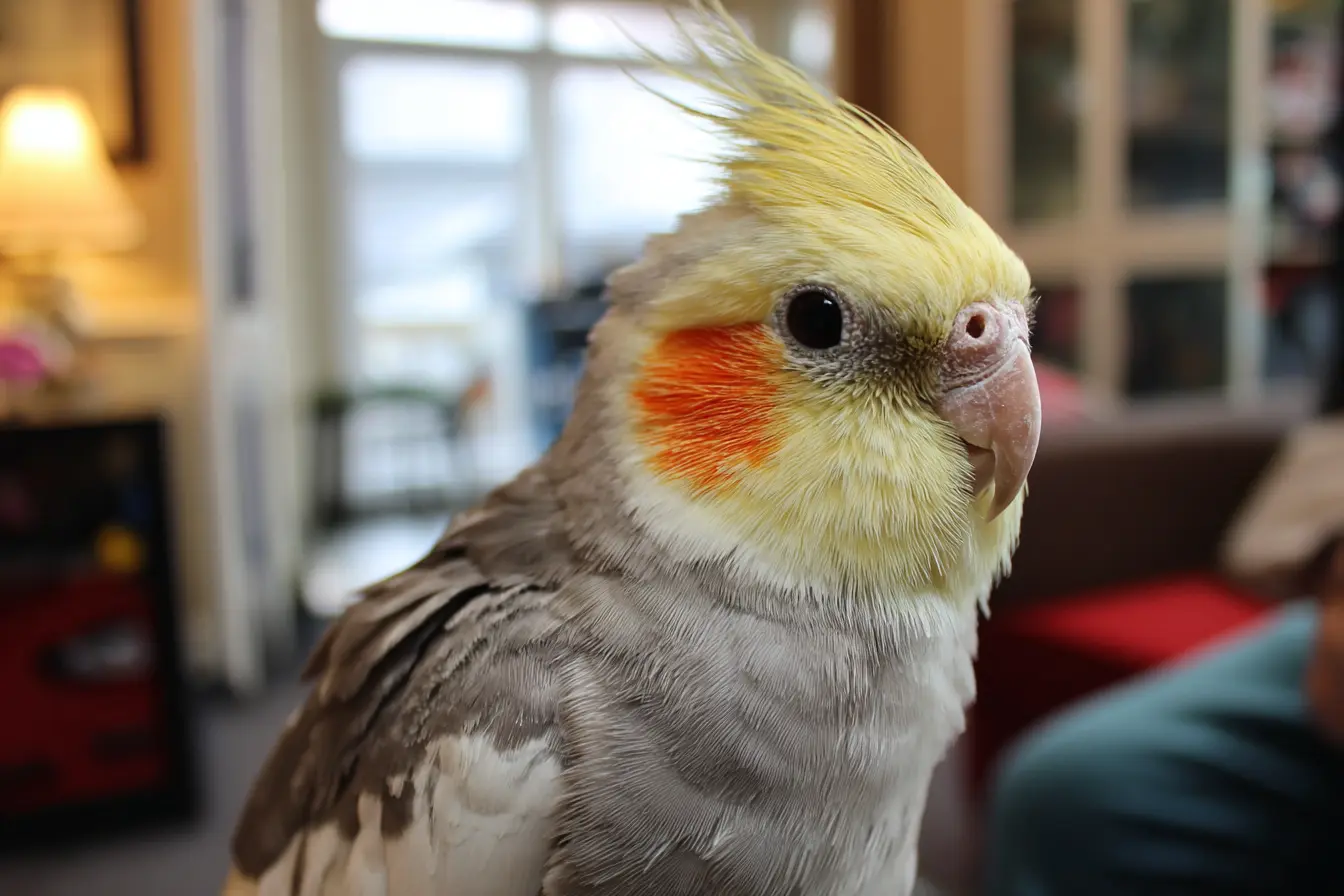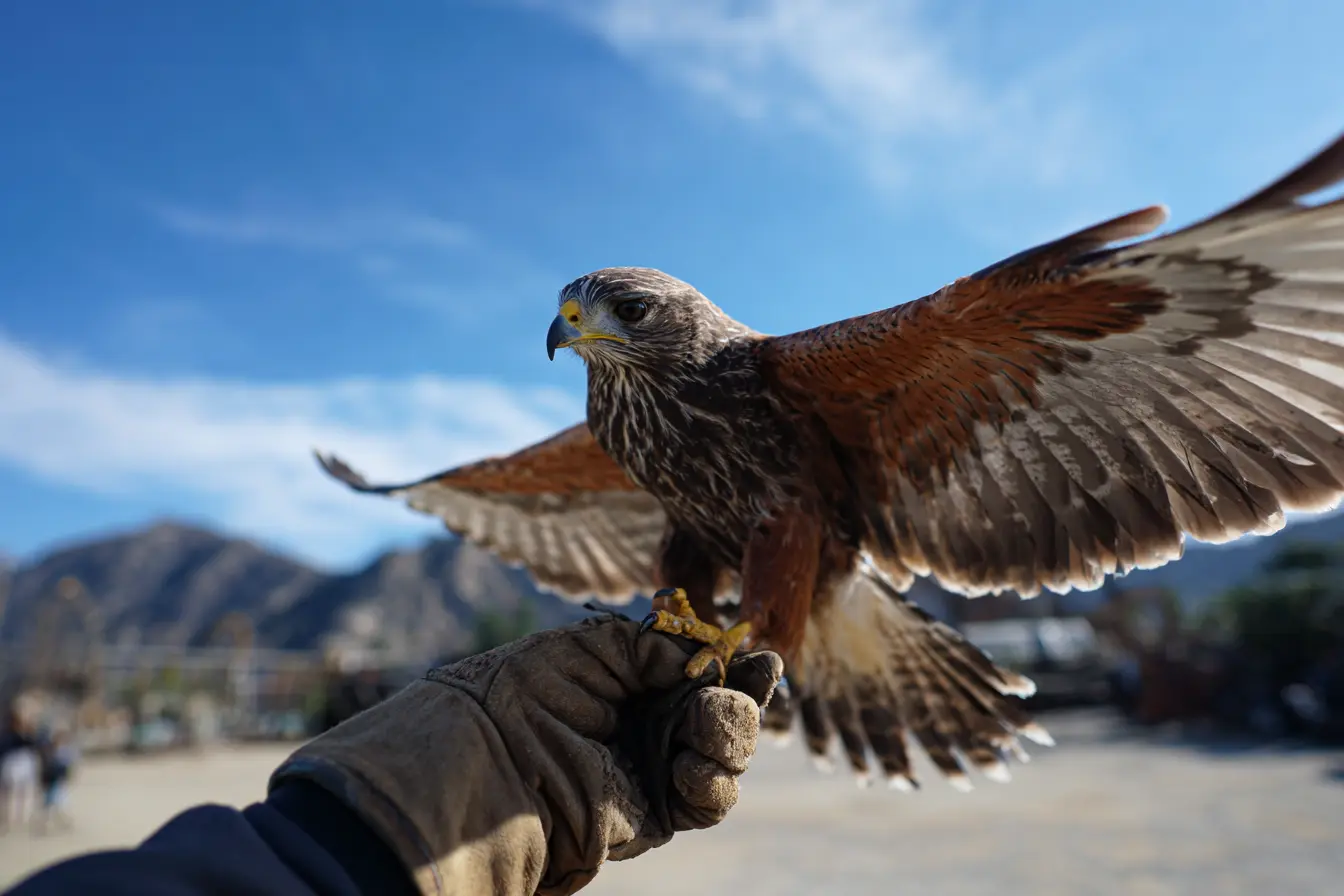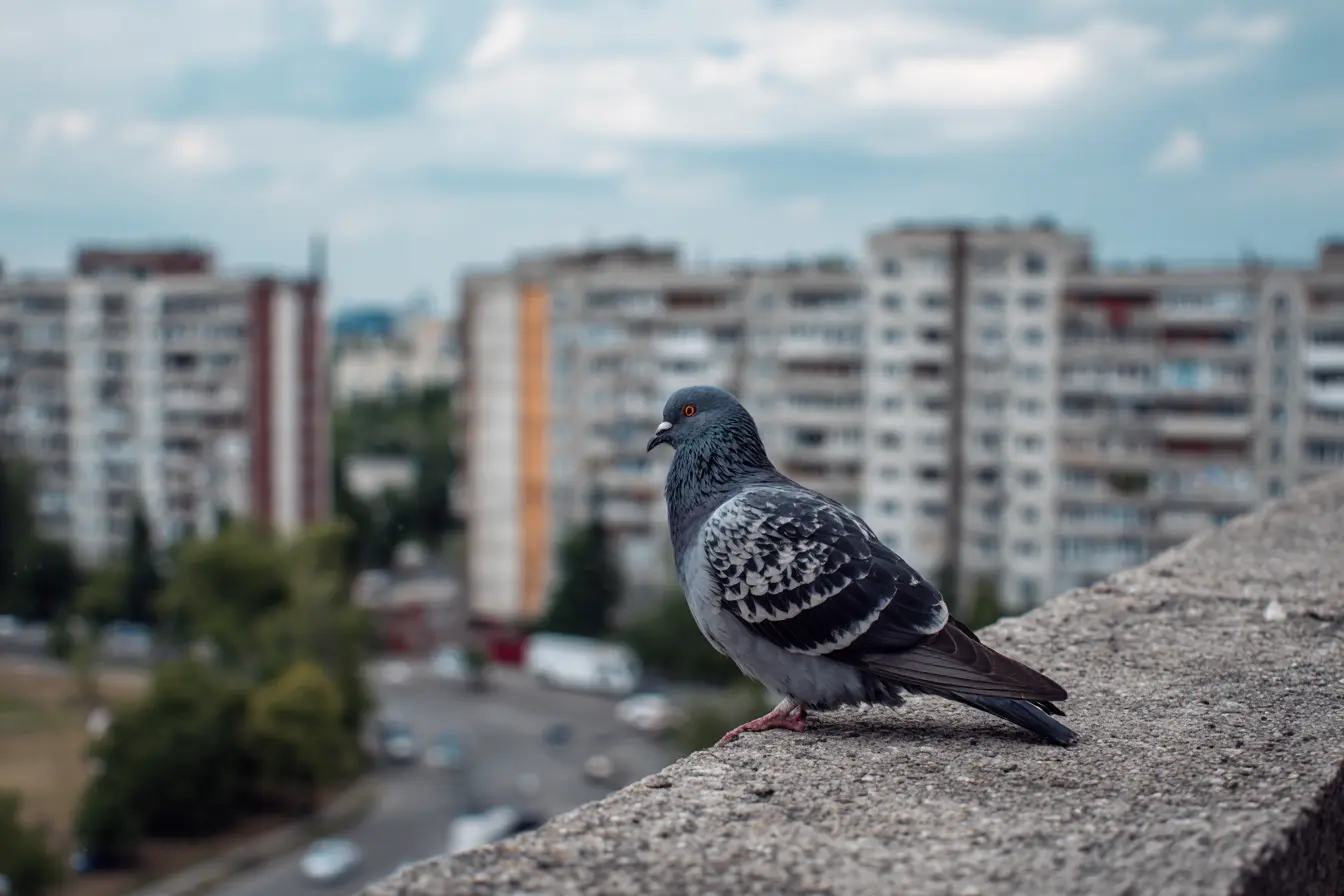
What to Do If Your Racing Pigeon Doesn’t Return Home
Even the best-trained racing pigeons can occasionally fail to return home after a training flight or race. This can be worrying for any pigeon fancier, but it’s important to remember that many lost birds do find their way back, sometimes days or even weeks later. Knowing the right steps to take can greatly increase the chances of a safe return.
Stay Calm and Assess the Situation
Before taking action, gather as much information as possible:
- When and where the bird was released.
- Weather conditions at the time (wind, rain, fog, temperature).
- Recent training and race performance. A tired bird may simply rest before coming home.
- Time elapsed since release. A delay of a few hours may not be cause for alarm.
Possible Reasons a Pigeon Doesn’t Return
- Weather Conditions: Strong winds, heavy rain, or fog can disorient birds.
- Injury or Exhaustion: Birds may land to rest or recover if they are fatigued.
- Predators: Attacks from hawks or other predators may cause a bird to take shelter.
- Getting Lost: Young or inexperienced pigeons are more prone to losing their bearings.
- Illness: A sick pigeon may not have the strength to complete the journey.
Immediate Actions to Take
1. Keep the Loft Ready
Ensure the loft is:
- Open and accessible so the bird can return at any time.
- Stocked with fresh food and water to encourage it to come in.
- Equipped with familiar calls or signals (whistles, feed rattles) when you check.
2. Notify Local Fanciers and Clubs
- Contact your pigeon racing club secretary. They can alert other members to watch for your bird.
- Share details in local fancier networks or social media groups.
3. Check for Reports
- The Royal Pigeon Racing Association (RPRA) and other governing bodies have lost and found reporting systems.
- Look on online forums, Facebook pigeon groups, and local classifieds.
Reporting Your Lost Pigeon
When reporting, provide:
- Ring Number: This is the pigeon’s unique ID.
- Colour and Markings: Distinguishing features.
- Your Contact Details: Include a phone number and email.
- Last Known Location: Where and when the bird was released.
The RPRA maintains a stray pigeon reporting service. If someone finds your bird, they can look up your details via the ring number.
Helping Your Bird Find the Way Back
- Call or whistle at feeding times to encourage a return.
- Place extra food outside the loft in the early morning and evening.
- Avoid moving the loft or changing its surroundings drastically while waiting.
If Your Bird Is Found
Sometimes, another fancier or a member of the public will catch and house your bird temporarily.
When collecting your bird:
- Thank the finder — many will have looked after it at their own expense.
- Check the bird for injuries, dehydration, and weight loss.
- Allow it to rest and recover for several days before resuming training.
Preventing Future Losses
While it’s impossible to guarantee that a pigeon will always return, you can reduce the risk:
Training Improvements
- Increase training distances gradually.
- Train from multiple directions to improve navigation skills.
Health Checks
- Ensure the bird is in peak condition before long flights.
- Regular vet checks for respiratory and digestive health.
Weather Awareness
- Avoid releases in poor weather or extreme temperatures.
- Monitor wind direction and strength. Strong headwinds can exhaust birds.
Conclusion
A missing racing pigeon can be stressful, but many do return home safely with time. Acting quickly such as keeping the loft open, notifying clubs, and reporting the bird greatly improves the odds. By learning from each incident and adjusting training, health care, and release conditions, you can minimise the chances of it happening again.
Vets near you
Speciality vets
- Aquatics vet specialists
- Birds vet specialists
- Camelids vet specialists
- Cats vet specialists
- Cattle vet specialists
- Deer vet specialists
- Dogs vet specialists
- Equines vet specialists
- Exotic vet specialists
- Goats vet specialists
- Pigs vet specialists
- Poultry vet specialists
- Sheep vet specialists
- Small Mammals vet specialists
- Wild vet specialists
